Philly YIMBY’s recent site visit has revealed that construction is well underway on a block-long, 58-unit complex at 620 Moore Street in Wharton, South Philadelphia. Designed by CANNOdesign, the primarily residential development will consist of three adjoining buildings, each rising four stories and spanning a site flanked by Moore Street to the north, South 6th Street to the east, and South 7th Street to the west. A 52-unit apartment building, articulated as separate independent structures, will span the majority of the site. At the street corners, two mixed-use buildings will each hold a commercial space at the ground floor and three residences on the floors above.
The buildings comprise the second phase of a block-spanning complex, where a set of 25 new rowhouses now stands largely complete on McClellan Street on the south side of the city block.
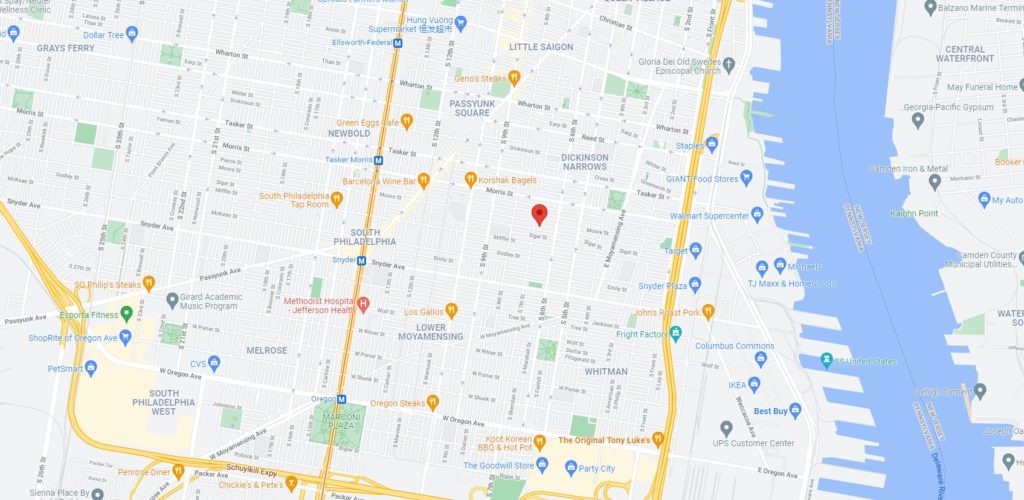
620 Moore Street. Credit: Google Maps
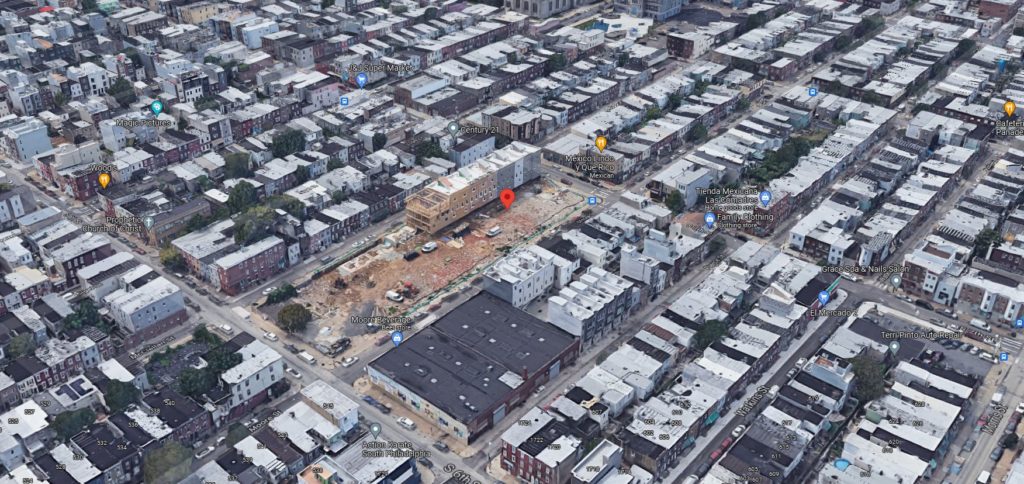
620 Moore Street. Looking southwest. Credit: Google Maps
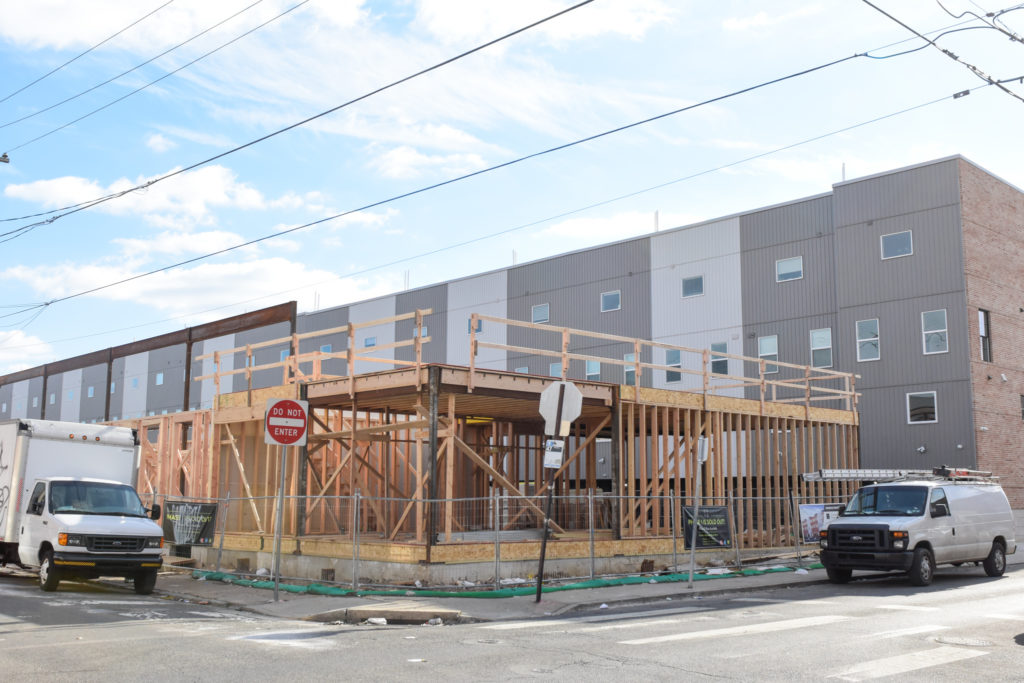
620 Moore Street. Photo by Jamie Meller. January 2022
Permits for the 58-unit apartment building state that the structure spans a footprint of 21,675 square feet and holds 50,482 square feet of interior space. An older zoning permit calls for 31 parking spaces, although the latest filing makes no mention of such. Permits list Gabrielle Canno as the design professional and Clifford Lasky of BFR Construction LLC as the contractor. The structure will be fully sprinkled and will feature a cellar. Amenities will include assembly space, a fitness center, and bicycle storage. Construction costs for the structure are listed at $3 million.
From a development perspective, we are happy to hear of such a large infusion of new residential stock into the neighborhood. From an architectural perspective, however, our enthusiasm would be more guarded at the prospect of a sprawling, nearly block-long, four-story landscraper, which, if not designed right, may overwhelm the fine-grained residential neighborhood with its monotonous slab.
Thankfully, the design at hand averts any such issues. In order to lessen a potentially hulking presence, the architects at CANNOdesign recessed the two upper floors in setbacks, and also broke up the continuous facade using varied yet coordinated exterior treatments in different shades of brick. In turn, the mixed-use buildings at either end add a pair of urbane exclamation points with their near-shear walls.
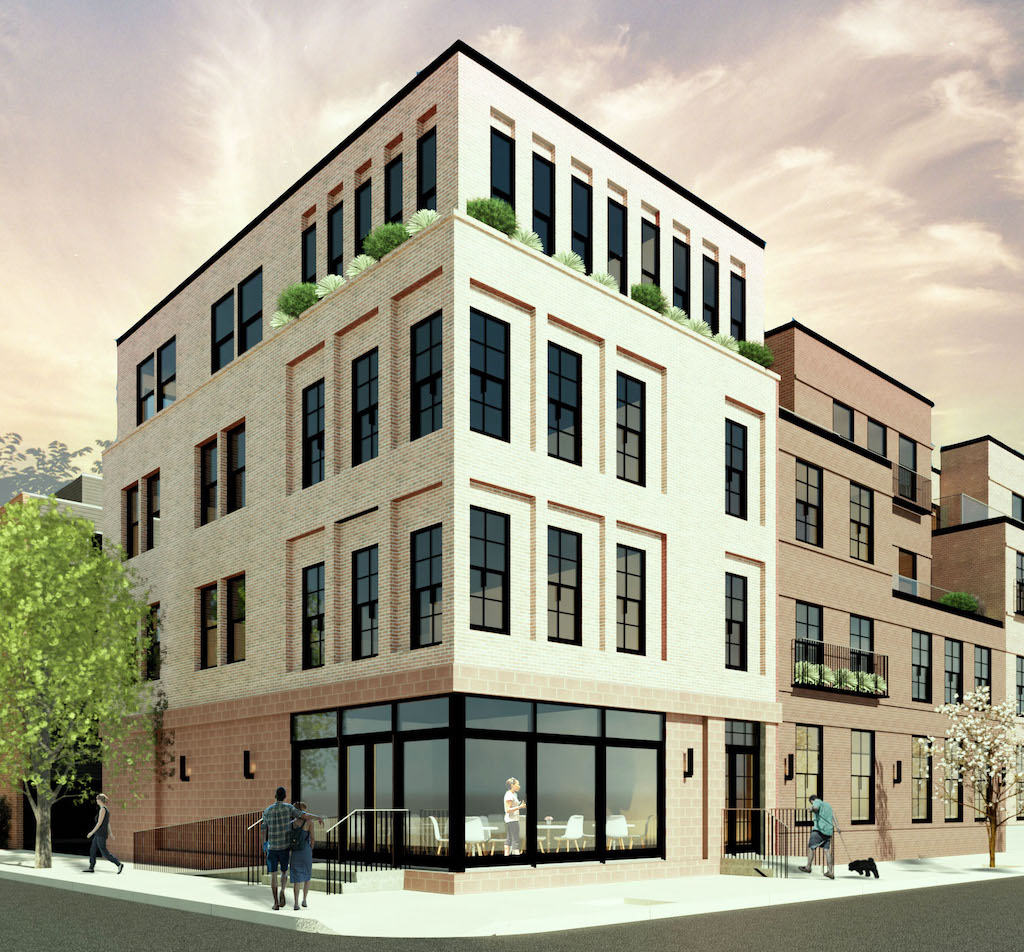
620 Moore Street. Credit: CANNOdesign
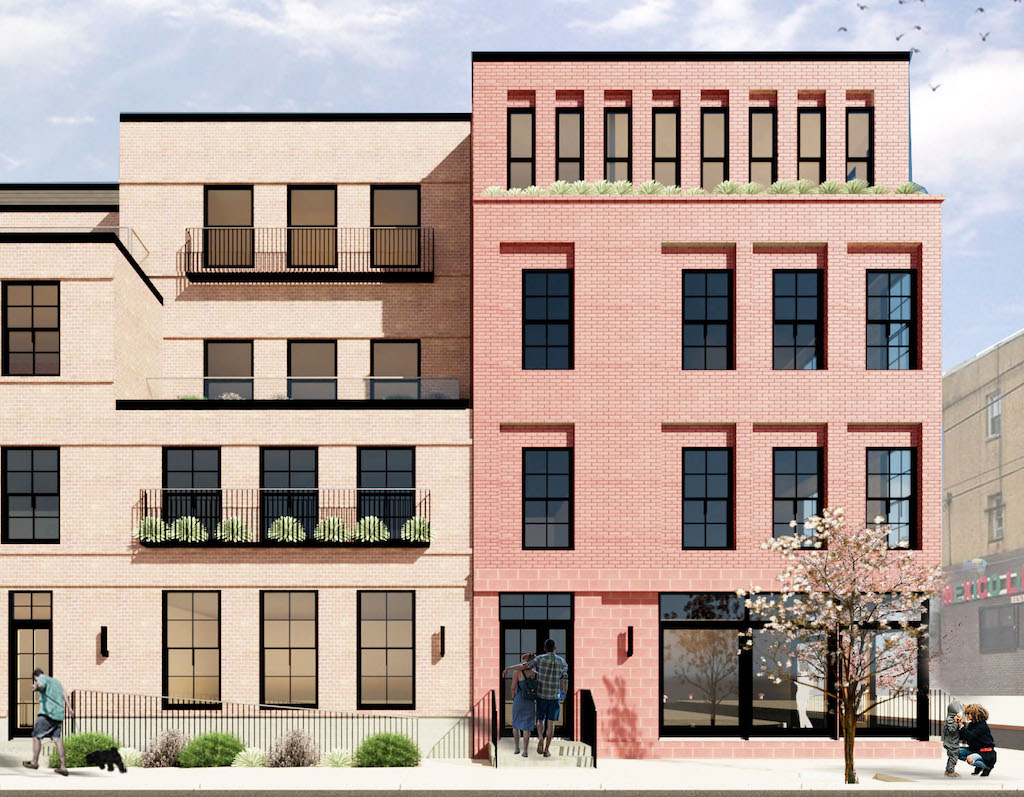
620 Moore Street. Credit: CANNOdesign
The overall result is positively appealing. As any well-crafted building complex should, the development reads both as a cohesive ensemble and a set of independent buildings, each with an independent character. The central apartment building, with its varying material shades and asymmetrical yet coordinated setbacks, appears both as a classic Philadelphia townhouse row and a craggy terrace cliff. Combined with its palette of warm earth-tone hues and verdure situated atop the balconies and terraces, the structure hearkens to both Babylonian hanging gardens, Native American cliff dwellings, and New York City’s Art Deco high-rises. Large, vertical paneled windows at the lower floors, with sash windows above, add a further touch of a prewar aesthetic, borrowing from both factory loft and classic residential archetypes.
At this point in the construction process, however, we can only let our imagination fill these flourishes in, for the mixed steel and wood-framed structure only rises to the second story at its highest point. If the townhouse ensemble on McClellan Street, visible behind the under-construction building, is any indication, the rear side of the apartment building will be treated in a similarly banal facade consisting of vertical siding and small windows (at least the architects had the good sense to differentiate individual buildings with various tones of gray).
While such treatment pales in comparison with Philadelphia’s typically rigorously articulated rear facades of prewar rowhouses, it is an acceptable concession (at least to those excluding rear alley-facing residents) if the building’s public face puts its best foot forward.
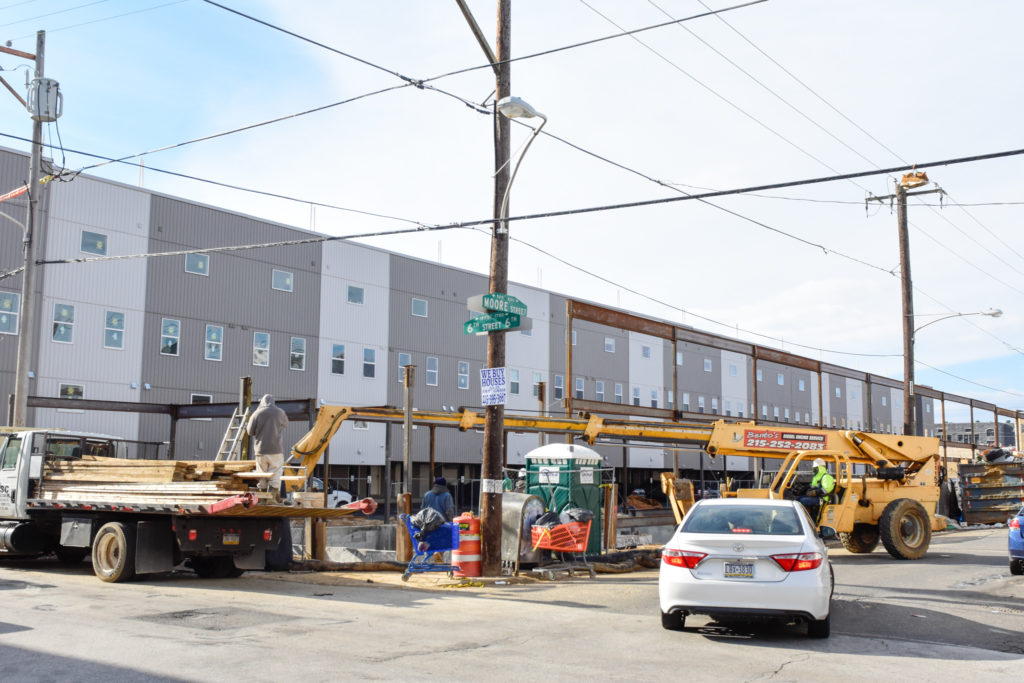
620 Moore Street. Photo by Jamie Meller. January 2022
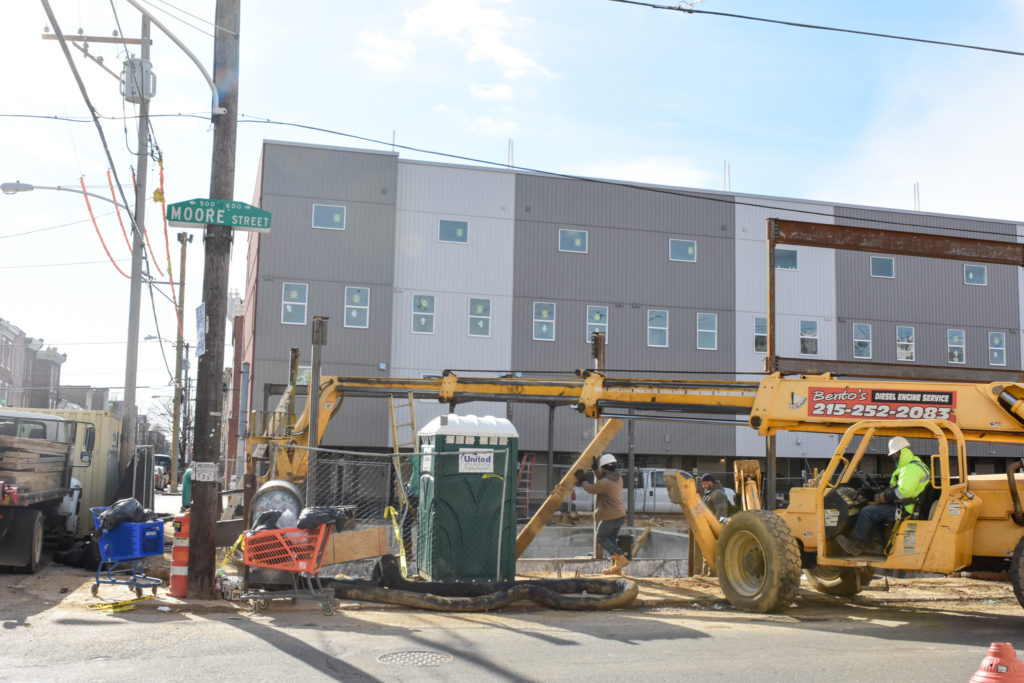
620 Moore Street. Photo by Jamie Meller. January 2022
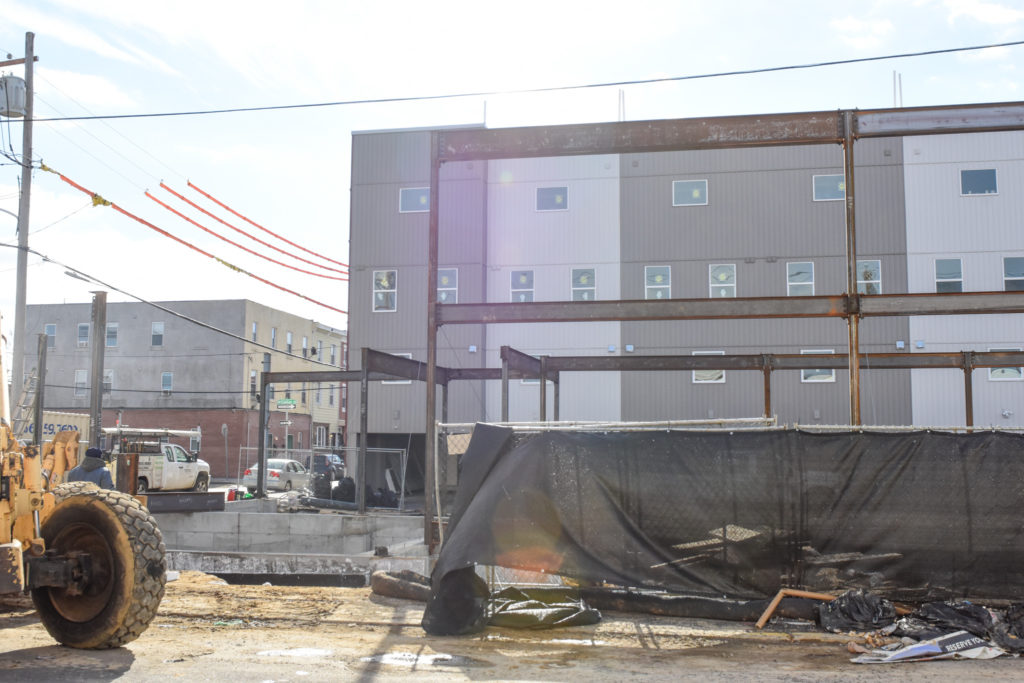
620 Moore Street. Photo by Jamie Meller. January 2022
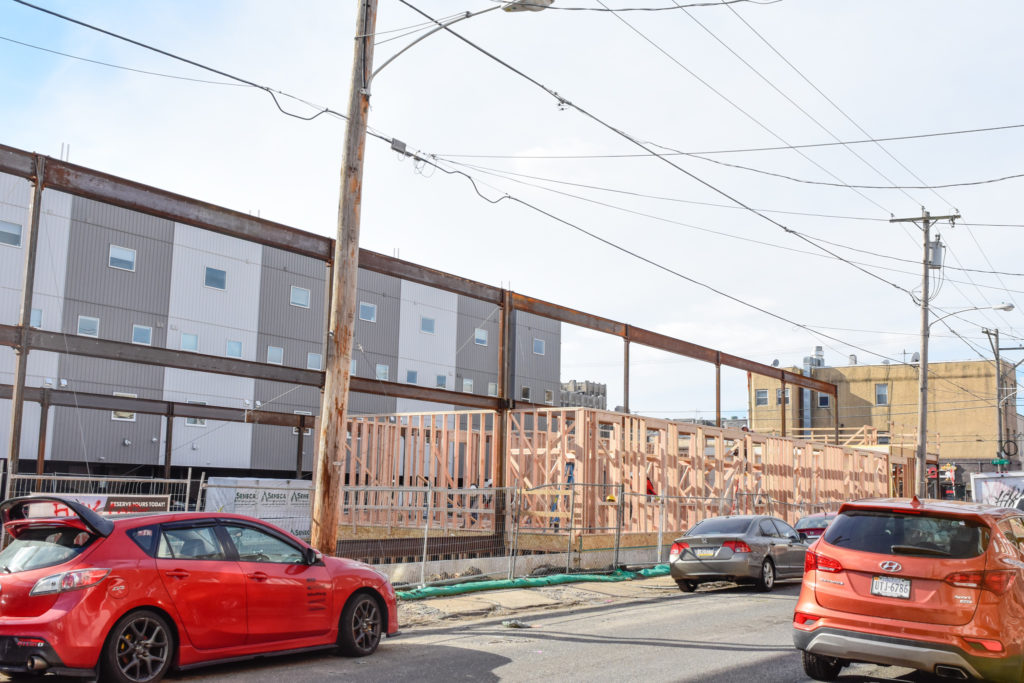
620 Moore Street. Photo by Jamie Meller. January 2022
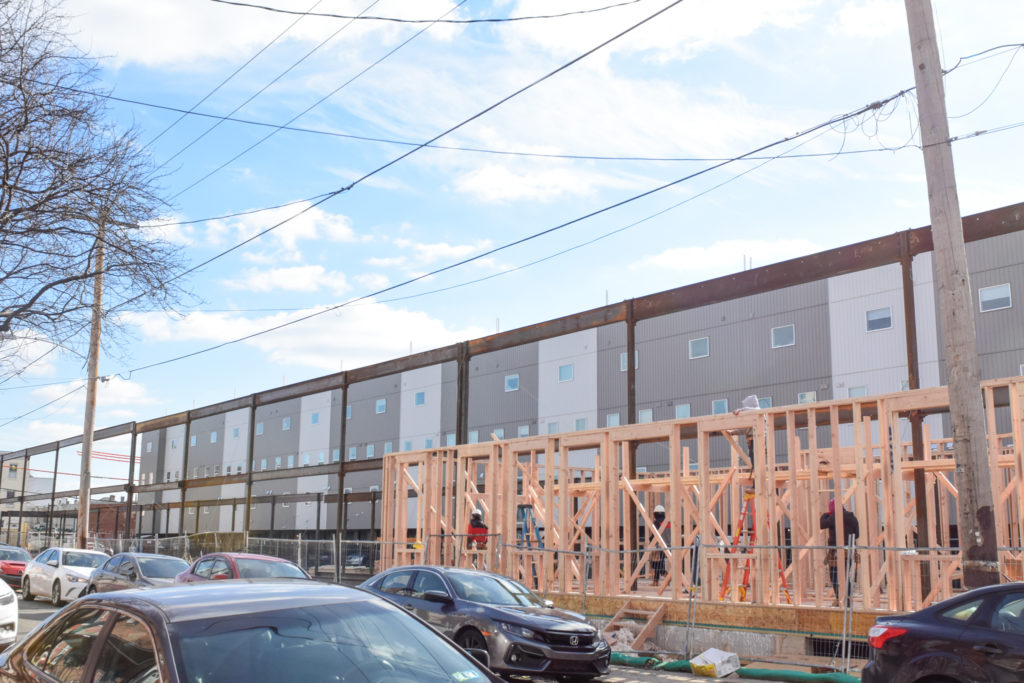
620 Moore Street. Photo by Jamie Meller. January 2022
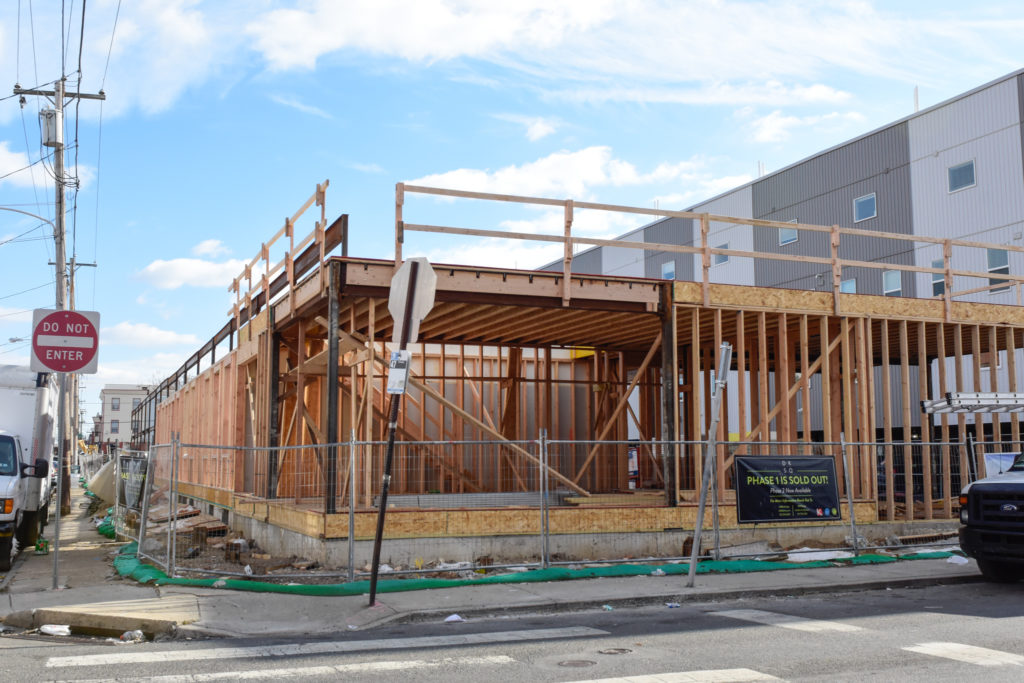
620 Moore Street. Photo by Jamie Meller. January 2022
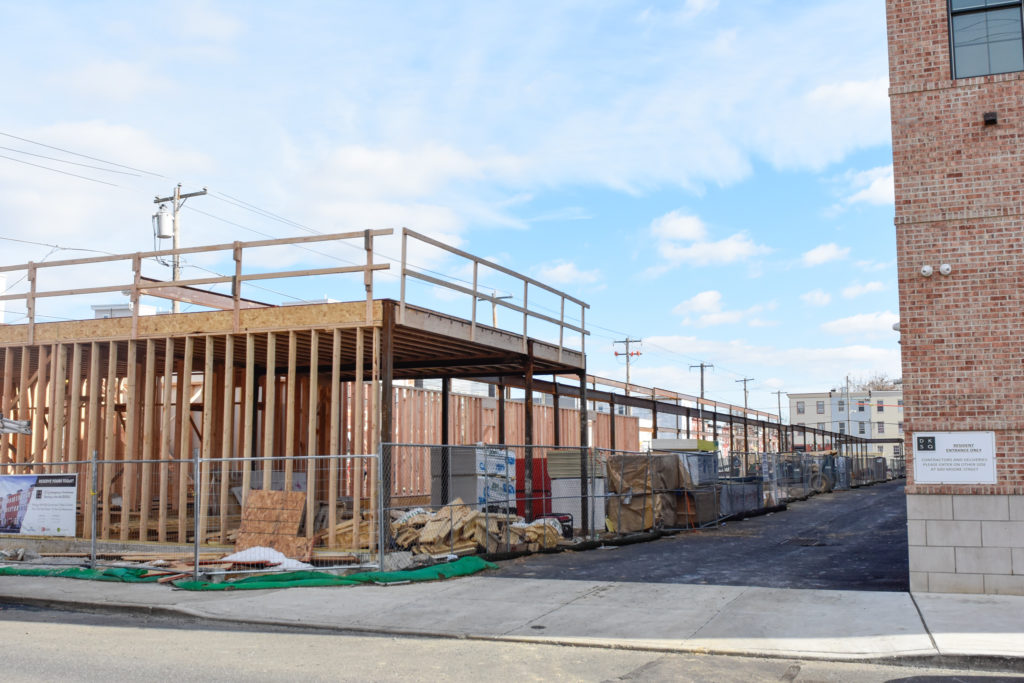
620 Moore Street. Photo by Jamie Meller. January 2022
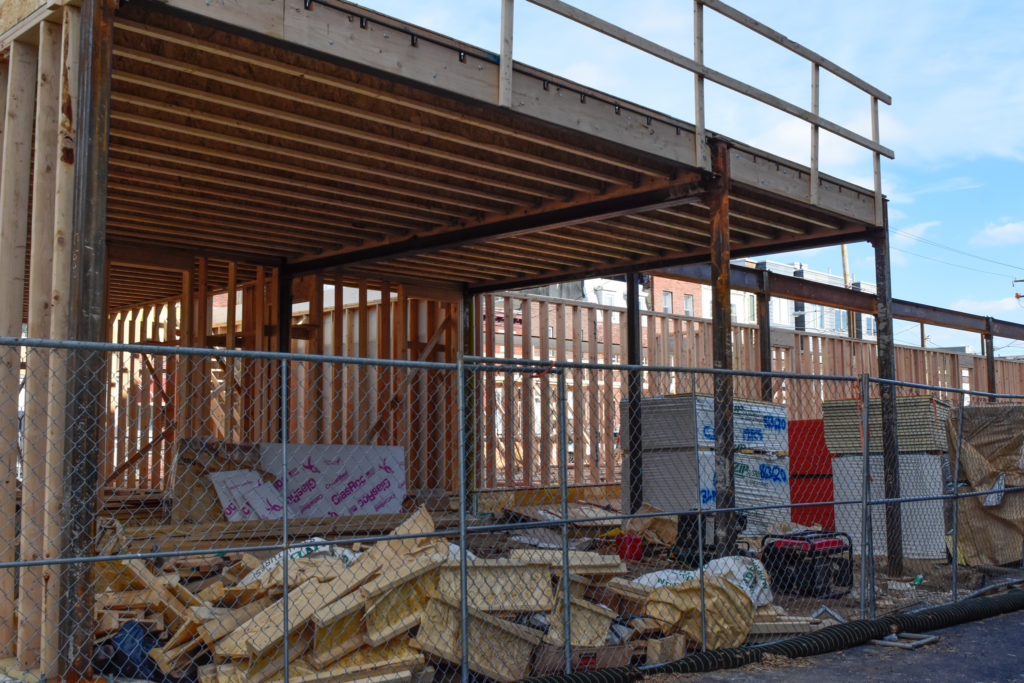
620 Moore Street. Photo by Jamie Meller. January 2022
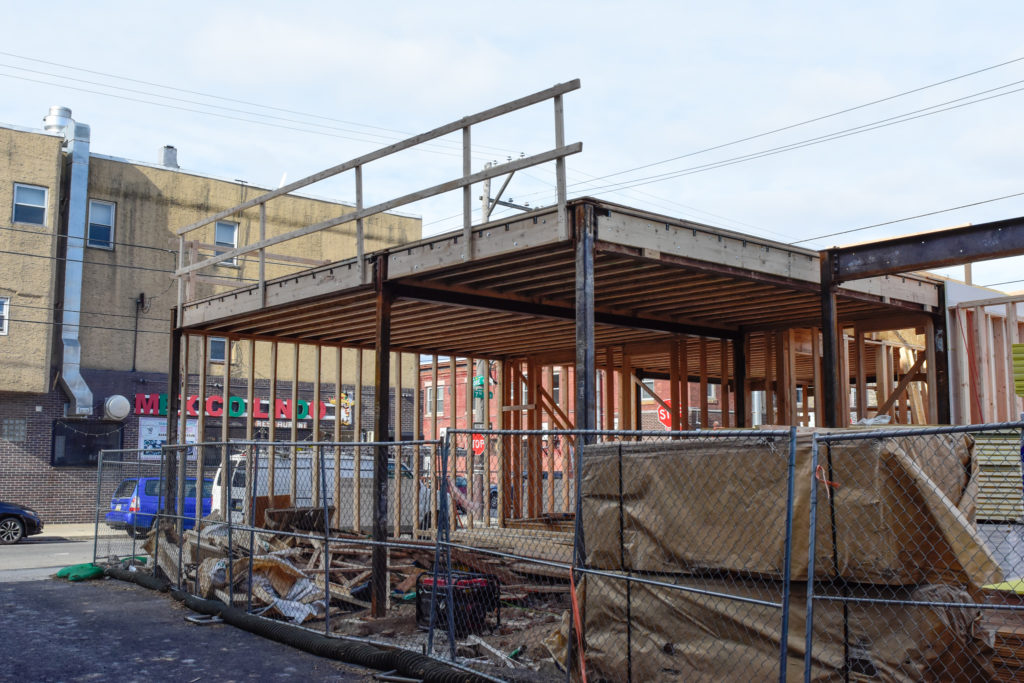
620 Moore Street. Photo by Jamie Meller. January 2022
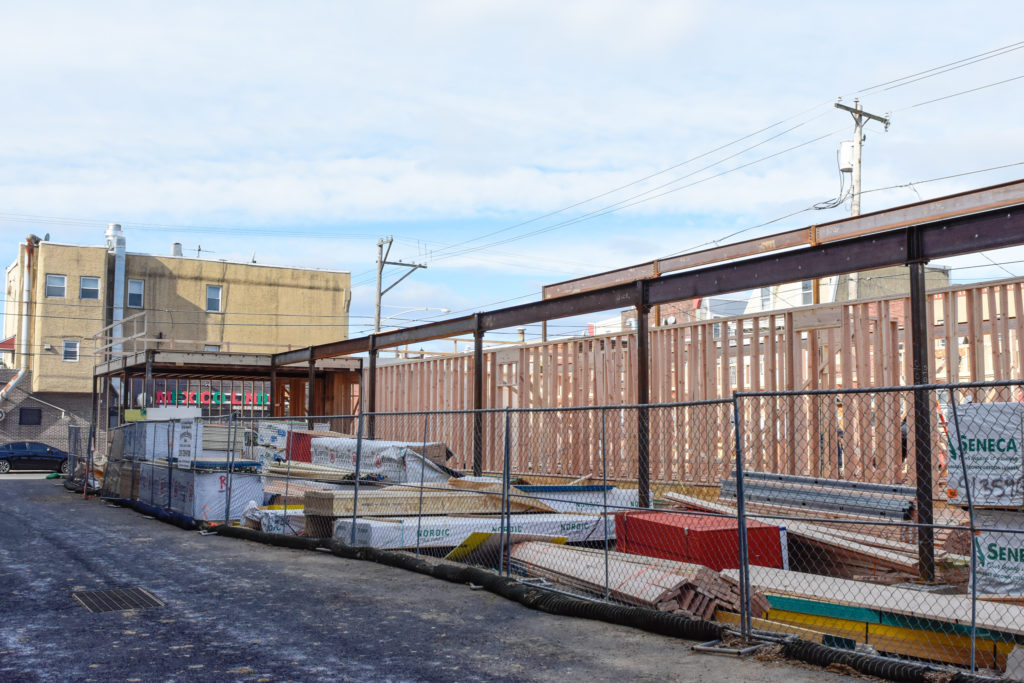
620 Moore Street. Photo by Jamie Meller. January 2022
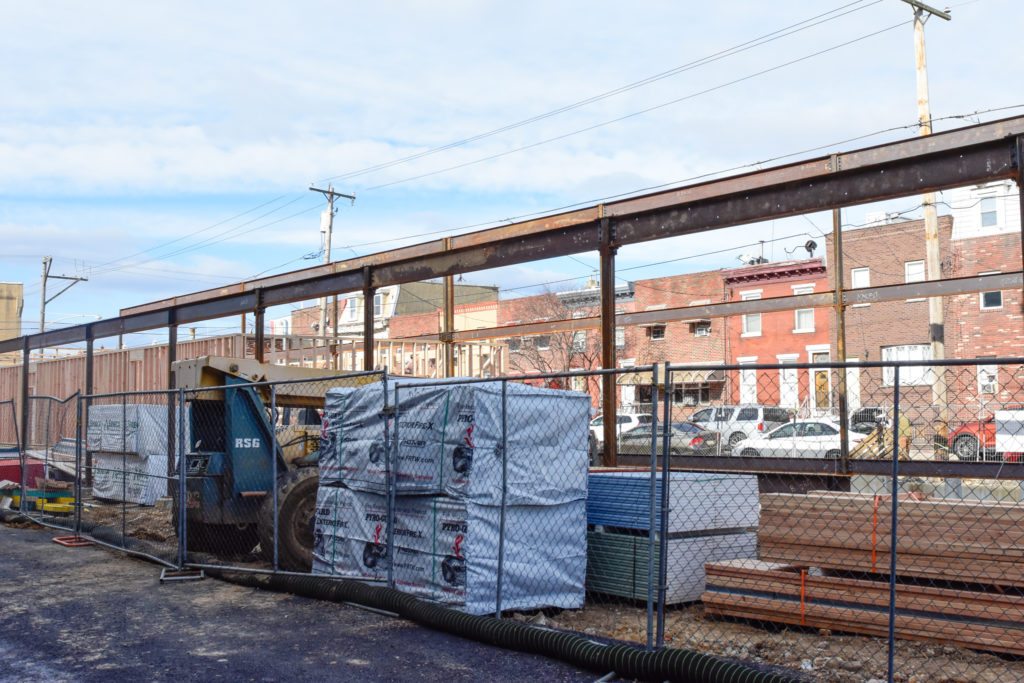
620 Moore Street. Photo by Jamie Meller. January 2022
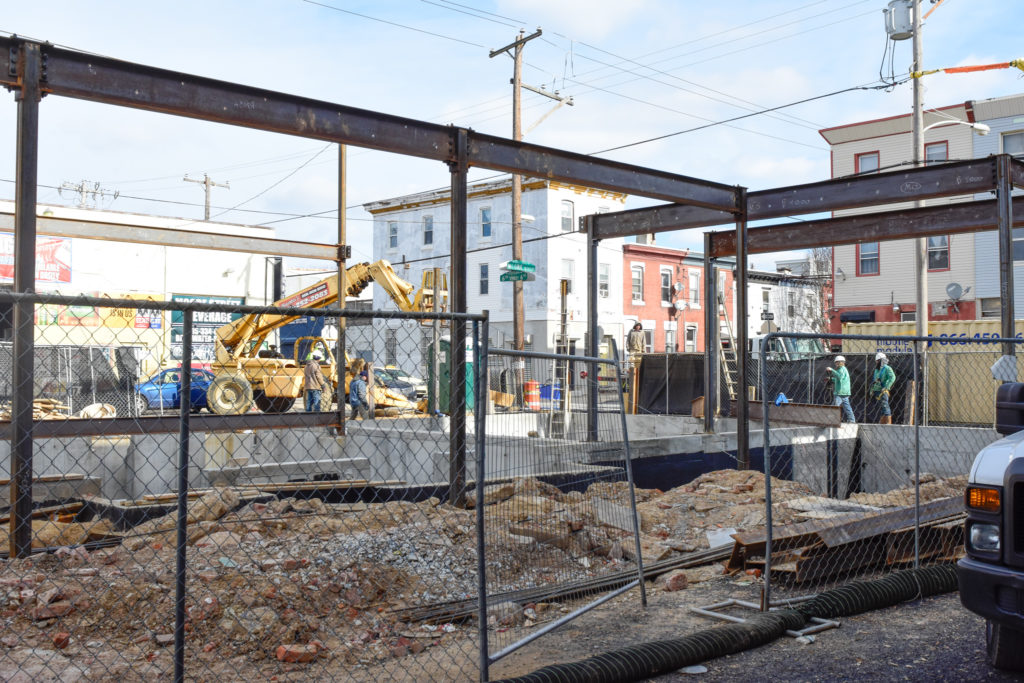
620 Moore Street. Photo by Jamie Meller. January 2022
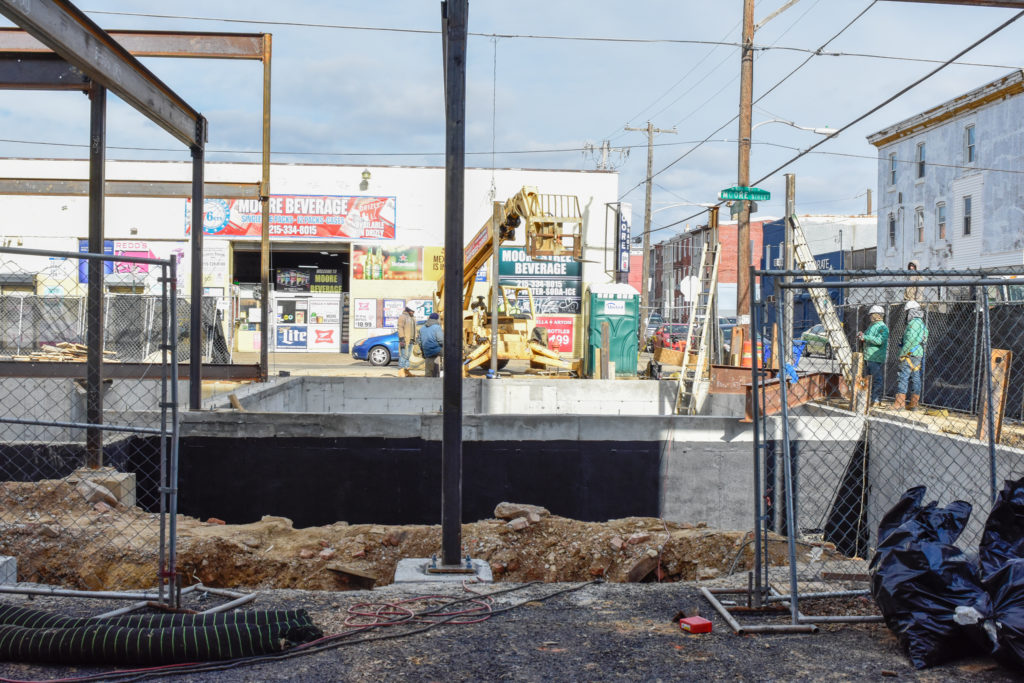
620 Moore Street. Photo by Jamie Meller. January 2022
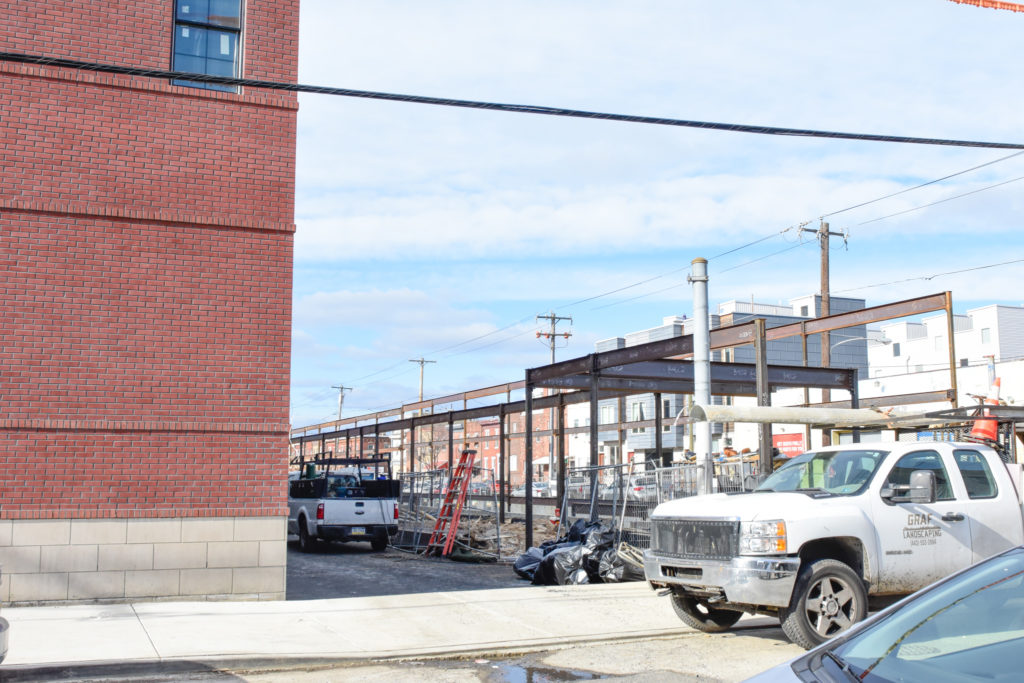
620 Moore Street. Photo by Jamie Meller. January 2022
The development replaces a series of low-rise, warehouse-style commercial structures, with a chain link fence-enclosed parking lot on the block’s eastern end. The buildings were unquestionably an eyesore for the predominantly residential rowhouse neighborhood, especially given their condition over the past decade-plus period, with bricked-up windows and a splotchy, black-painted exterior (it boggles the mind to think that someone, at some point, decided that this would be a good idea to implement at the property).
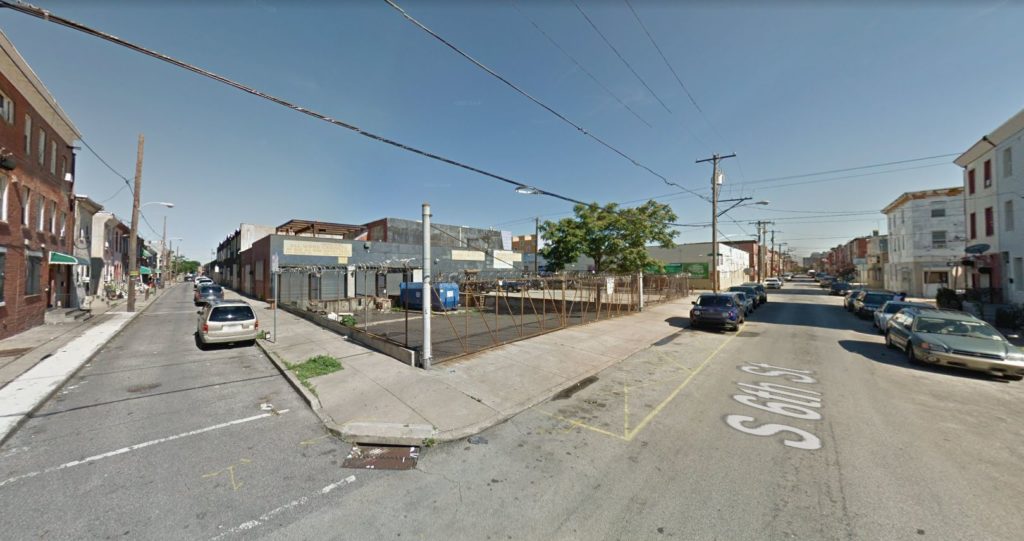
620 Moore Street. Looking northwest. June 2017. Credit: Google Maps

620 Moore Street. Looking southwest. June 2017. Credit: Google Maps
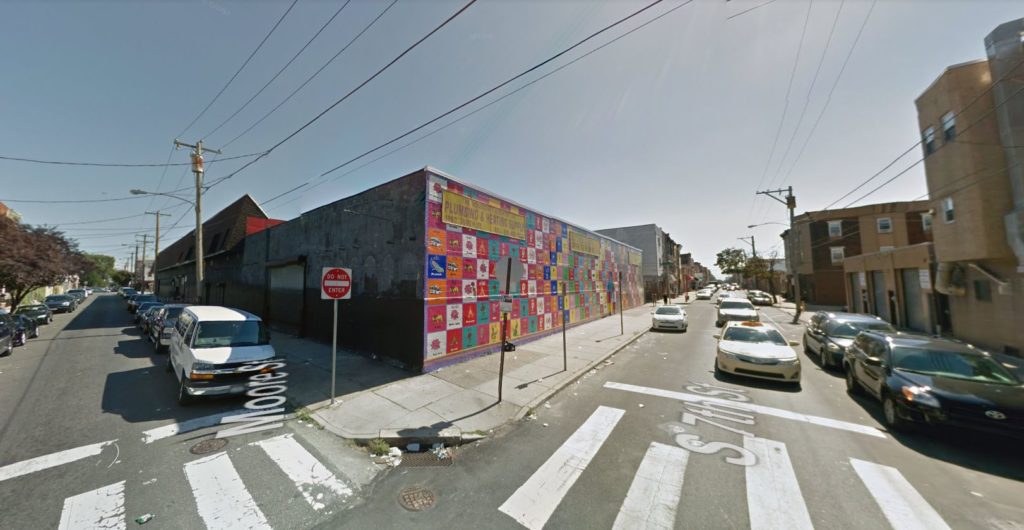
620 Moore Street. Looking southeast. September 2016. Credit: Google Maps
The only feature that will be missed is the unique and highly intriguing mural that decorated the blank wall on the west side of the structure. The wall was segmented into a square grid, each measuring around one-and-a-half foot on each side. The cells were painted in primary colors that created a tapestry sporting images of various plants, animals, and items, each annotated with a word or phrase in a different language.
The mural, as attractive as it was educational, has only lasted for half a decade, since it was painted around the mid-2010s until the structure was torn down around two years ago. However, the images below may allow you to enjoy it in a brief but dazzling glory.
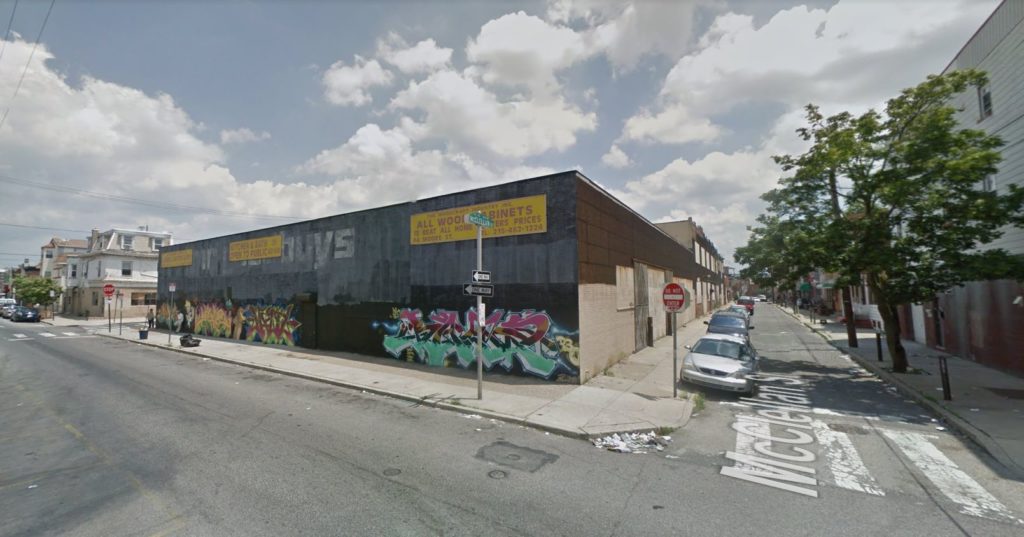
620 Moore Street. Looking northeast. June 2014. Credit: Google Maps
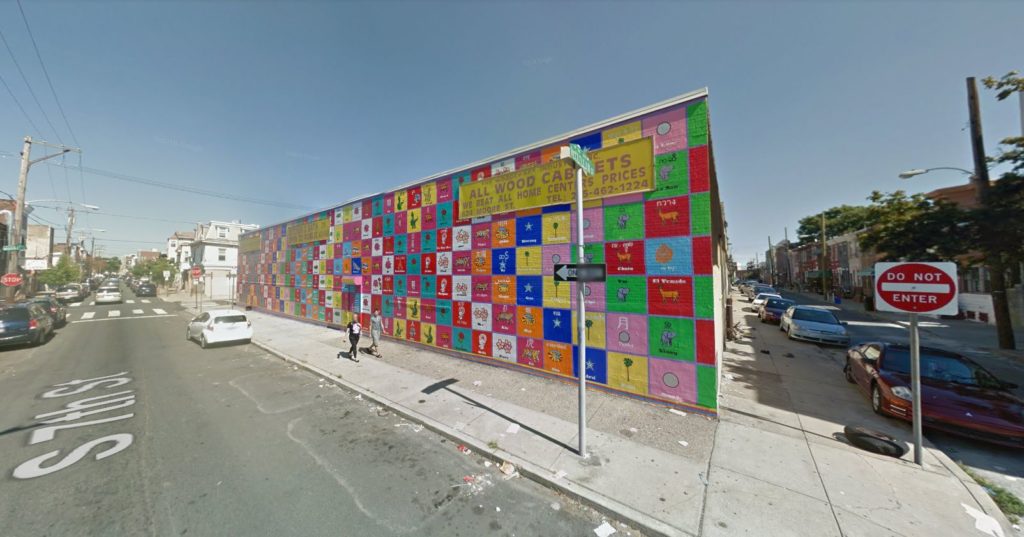
620 Moore Street. Looking northeast. September 2016. Credit: Google Maps
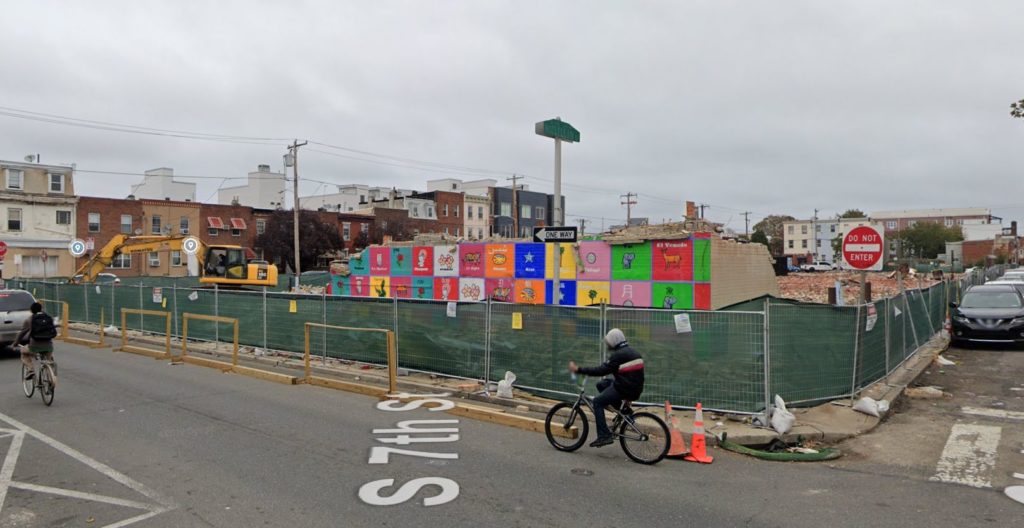
620 Moore Street. Looking northeast. October 2019. Credit: Google Maps
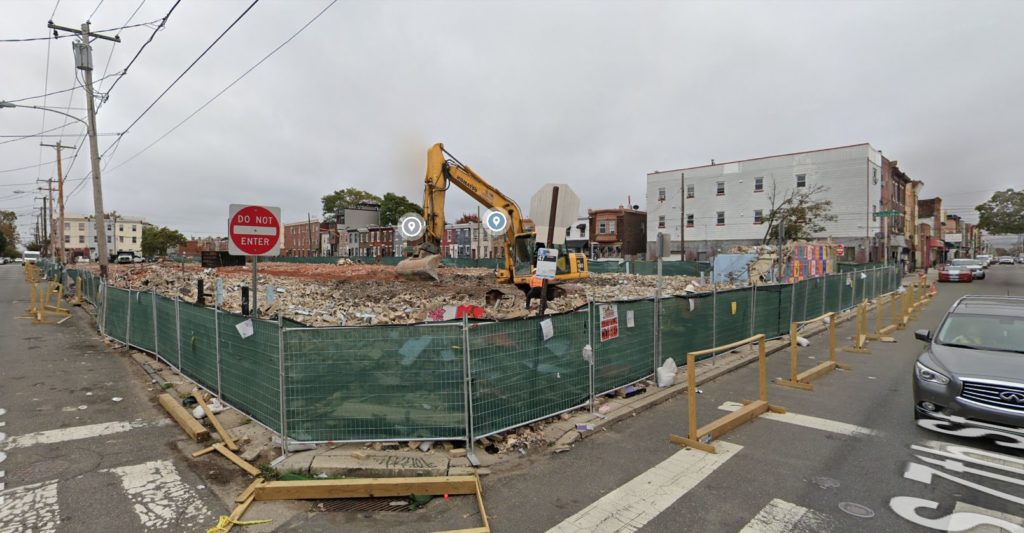
620 Moore Street. Looking southeast. October 2019. Credit: Google Maps
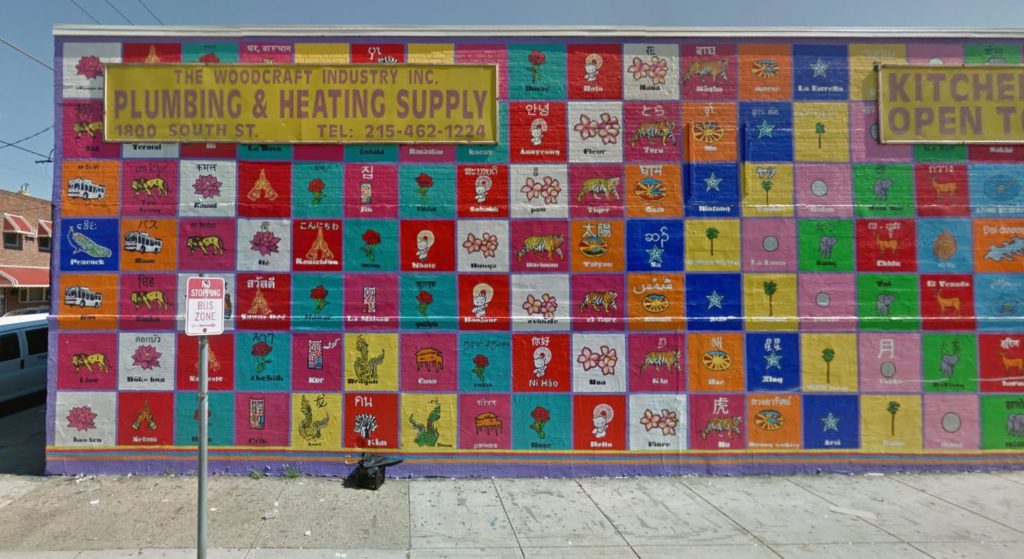
Mural at 620 Moore Street (northern section). Looking east. September 2016. Credit: Google Maps
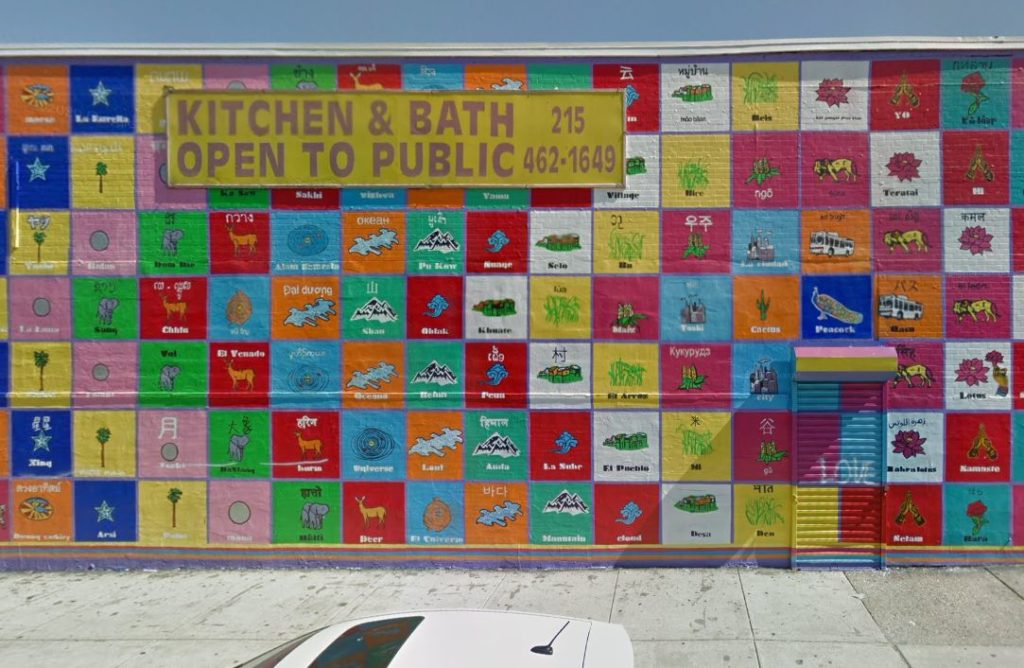
Mural at 620 Moore Street (central section). Looking east. September 2016. Credit: Google Maps
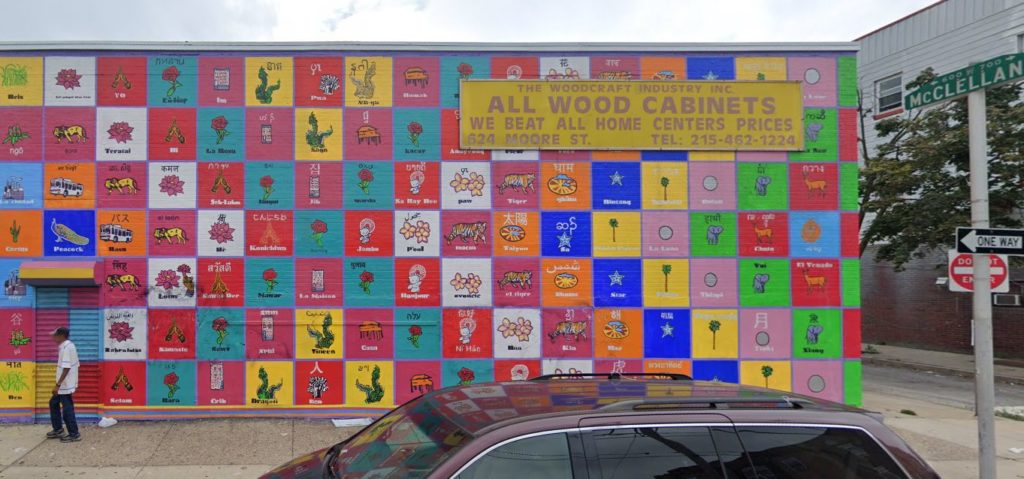
Mural at 620 Moore Street (southern section). Looking east. September 2018. Credit: Google Maps
Subscribe to YIMBY’s daily e-mail
Follow YIMBYgram for real-time photo updates
Like YIMBY on Facebook
Follow YIMBY’s Twitter for the latest in YIMBYnews

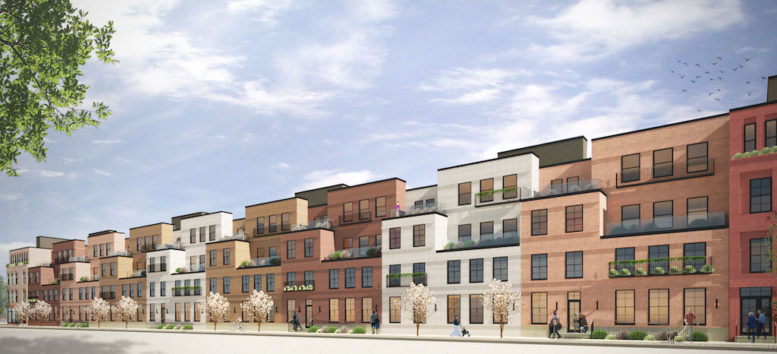
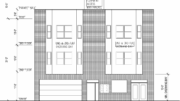
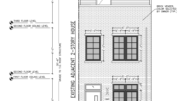
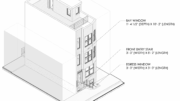
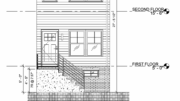
Well, it’s not Ricardo Bofill, but if it’s 70% as fun as the rendering, and built with any quality, it will be a fine addition to the neighborhood…..
They got lucky that warehouse developers didn’t buy the tract for another warehouse!
52 units for $3M = $57,692 per unit. Or $3M for 52 units at the low national average of $150 per sq foot construction costs = each apartment is 364 SF. Or $3M for 52 units each 550 SF = $104 per SF construction costs. And none of those scenarios factor in common area amenity costs. I know I’ve oversimplified the math, but these places are either super small or really cheaply built.
Love this blog, but…Babylonian Hanging Gardens….! Ah, come on, now. Just a tad overzealous.
Seriously, this is a welcome addition to this area, but like so much else in Philly, will higher quality housing actually lead to a cleaner neighborhood? This is really a garbage-laden area.
Thanks for your efforts to keep folks informed. Much appreciated.
Thanks for the kind words! As for the Babylonian Hanging Gardens – I just couldn’t resist the mention given that staggered massing, warm-hued color palette, and terraced greenery.
As a neighbor I see the contractors throwing these buildings up very quickly with little oversight. The quality is poor and we’ve watched them fill gaps and uneven edges and frame work with cheap temporary and likely not permitted fixes if they actually were being inspected by L&I. In the process of digging out the foundations they pulled out numerous old oil tanks and spilled large amounts of oil into the soil. L&I was called and they showed up with the developer, shook hands and walked away after just minutes. The neighborhood smelled of oil for weeks. While they may look pretty from the outside they will obstruct the view of all those who paid large sums of money for a panoramic city view from the same developer. The people moving in aren’t helping clean up the neighborhood and if anything trash and parking are worse now than ever. Violence is also increasing in the area. I can only imagine what it will look like in the neighborhood with temporary inhabitants who aren’t invested in the neighborhood or the community they live in.
some guy in 1890s philly: “these ye scoundrel builders upon thy land be building structures so swiftly and with ye little oversight from yonder city inspectorate that i fear they shall fall upon themselves in a few years time, plus the immigrants never pick up thy trash, tis terrible to befall the eyes”
all brick/stone sheathing? nice. looks good. at least this developer and architect has some taste and vision.
I heard the builder is a real asshole and does shoddy work.